Raspberry Pi projects: Alpakka game controller, blackout logger & light meter
Check out these three cool Raspberry Pi projects!
Alpakka controller for the Pico
If you’ve ever wanted a controller, you could of course go out and buy one.
But we’re Raspberry Pi enthusiasts!
We’ll do stuff that’s 100 times harder because it’s 100 times more fun!
So, scrap that Logitech gamepad order and build an Alpakka controller from Input Labs.
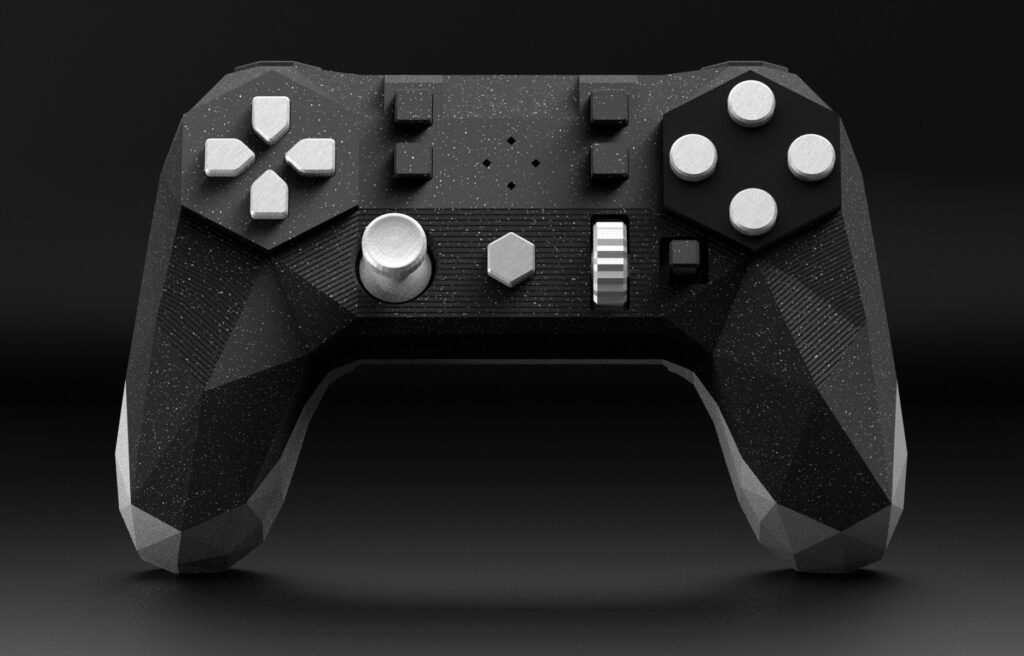
Alpakka actually offers you some advantages over a regular off-the-shelf controller.
For one, the Alpakka has “advanced gyro controls, mouse-like competitive performance, and the power of an open source community bringing limitless accessibility and customization options.”
The integrated gyro promises to bring you close to the effectiveness of using a mouse, so much so that you might even be able to play first-person shooters. In the FAQ page, Input Labs said it only takes one minute of learning to use the gyro to get better results than a traditional gamepad.
Input Labs has created a very comprehensive guide on how you can build your own game controller by buying a PCB, getting a 3D printed case and assembling all these parts with a Raspberry Pi Pico at its heart.
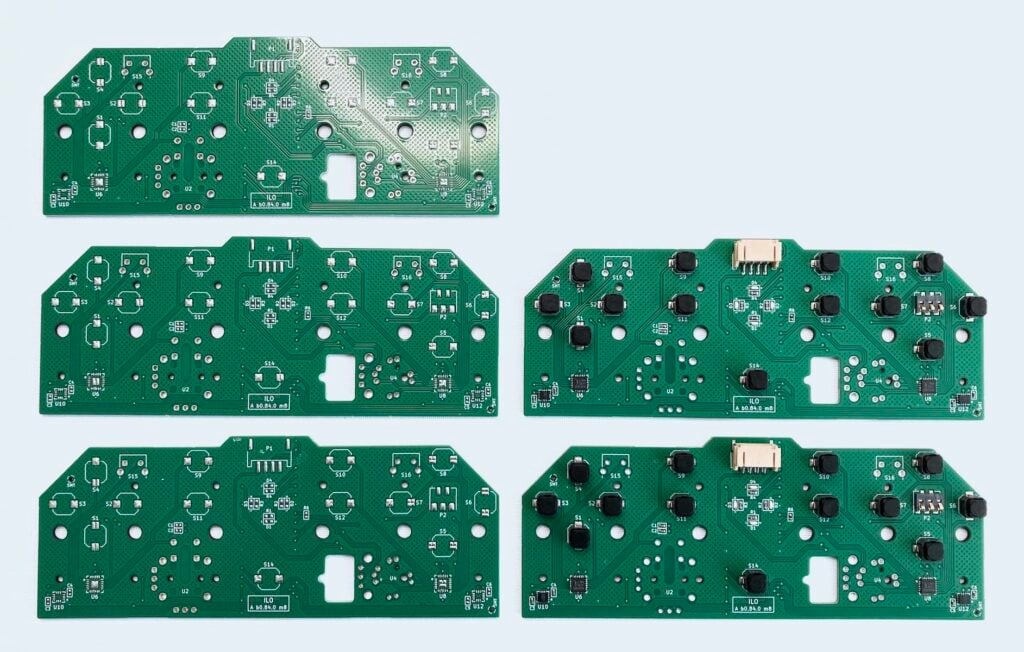
Input Labs has really put a lot of effort in their documentation. You can watch a nine-minute YouTube video which walks you through the three main processes: PCB + soldering, 3D printing and assembly.
Or, you can check out their documentation at their website which gets into the nitty-gritty of creating the Alpakka controller.
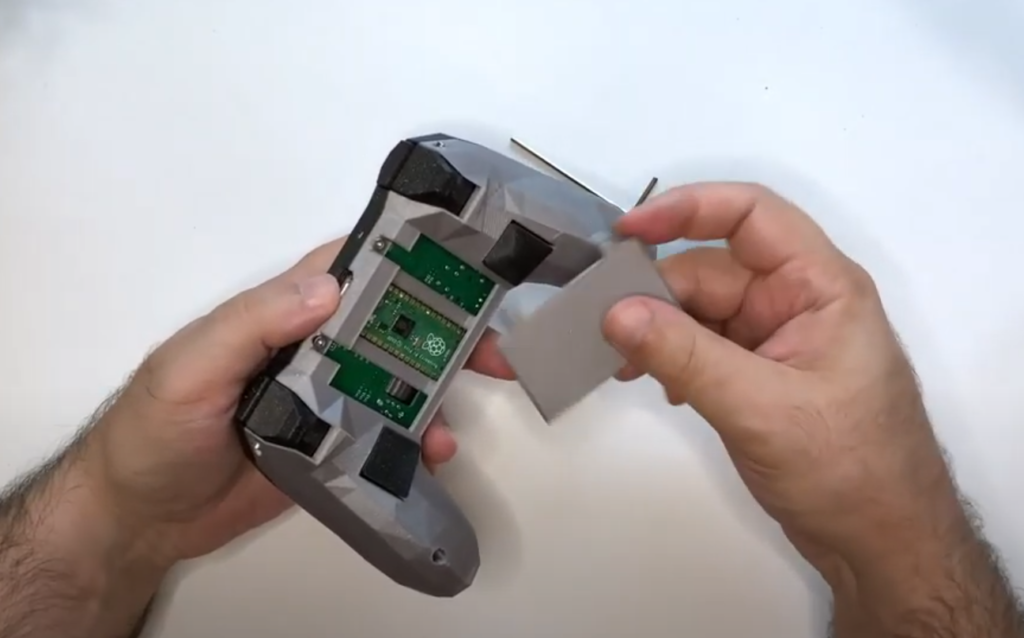
Power blackout trackers
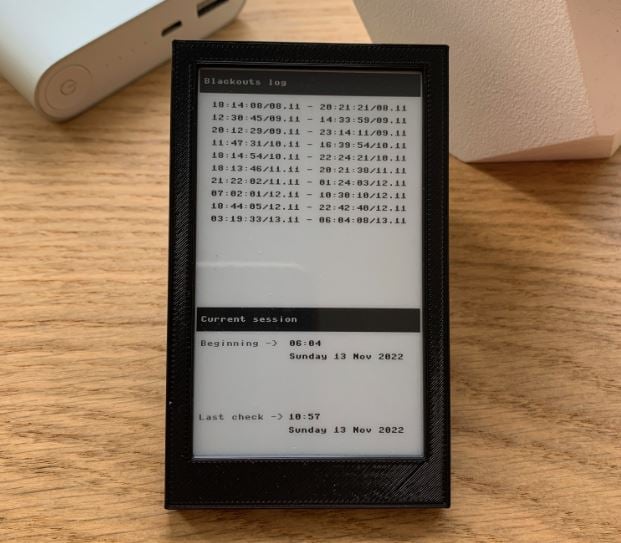
I have never lived in a place where there are regular blackouts. The worst I experienced was during the ice storm of 2013 which shut down many cities around Lake Ontario.
But there are places in the world which see blackouts as a regular occurrence. India, Myanmar, South Africa and Ukraine, due to the war.
Dmytro Panin lives in Kyiv and therefore has created a Blackout Logger.
According to him, the Ukranian government introduced blackouts to stabilize the grid about a month ago. He also said,
“When I get back home or wake up and there is no electricity I don’t know for how long it was gone, hence it’s hard to predict when to expect it. Conversely, when there is power I’m not sure when there is going to be power cut if I’m not tracking the time. In order to be able to make some short term plans I’ve come up with this device. It tracks when the blackout started, ended and logs the previous occurrences.”
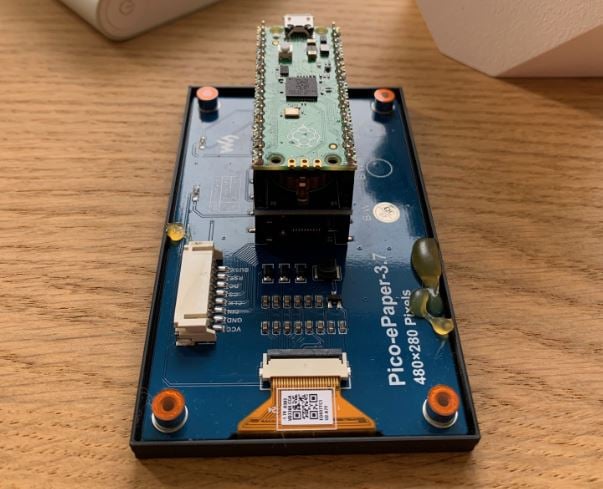
The project only requires three components
- Raspberry Pi Pico
- Precision RTC Module (DS3231)
- Waveshare eink 3.7
Photon, the Raspberry Pi Pico light meter
Light meters are pretty standard stuff in the good old days of analog photography, but not these days.
If you have cameras that do not have a light meter, or if the light meters have conked out, then maybe it’s time to get handy and build one!
VEEB Projects have created one from seven parts including a Raspberry Pi Pico, a OLED screen and the BH1745 light sensor by Pimoroni.
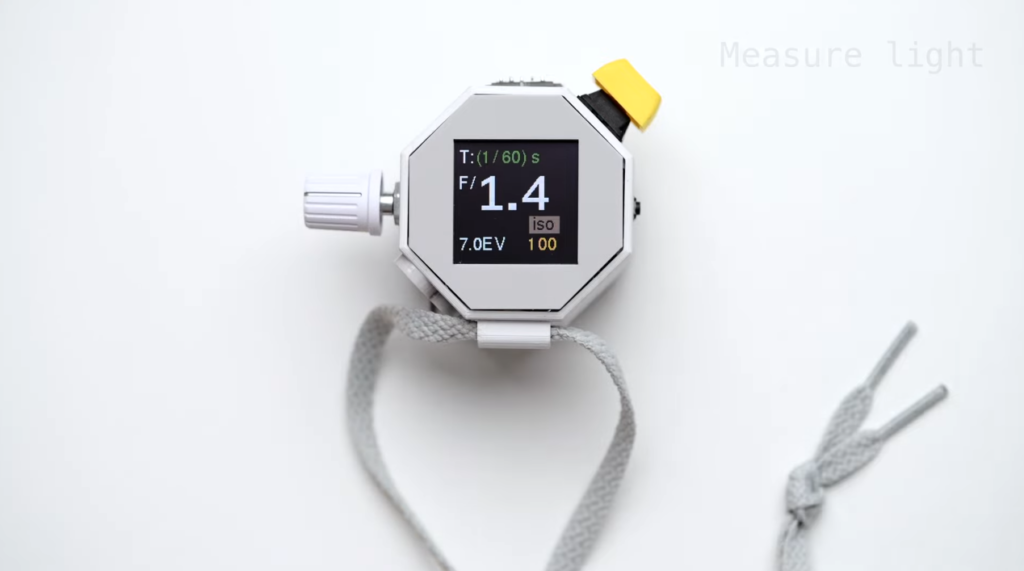
This project is perfect if you don’t want to spend hundreds on buying a commercial light meter.
Link to YouTube introductory video
So these are our three cool Raspberry Pi projects of the week.
Want to see more awesome projects?
You can see our Paragon Projects series by clicking here.
And, as always, if you’ve got any questions or if you’d like to suggest a project for this series, just comment below!